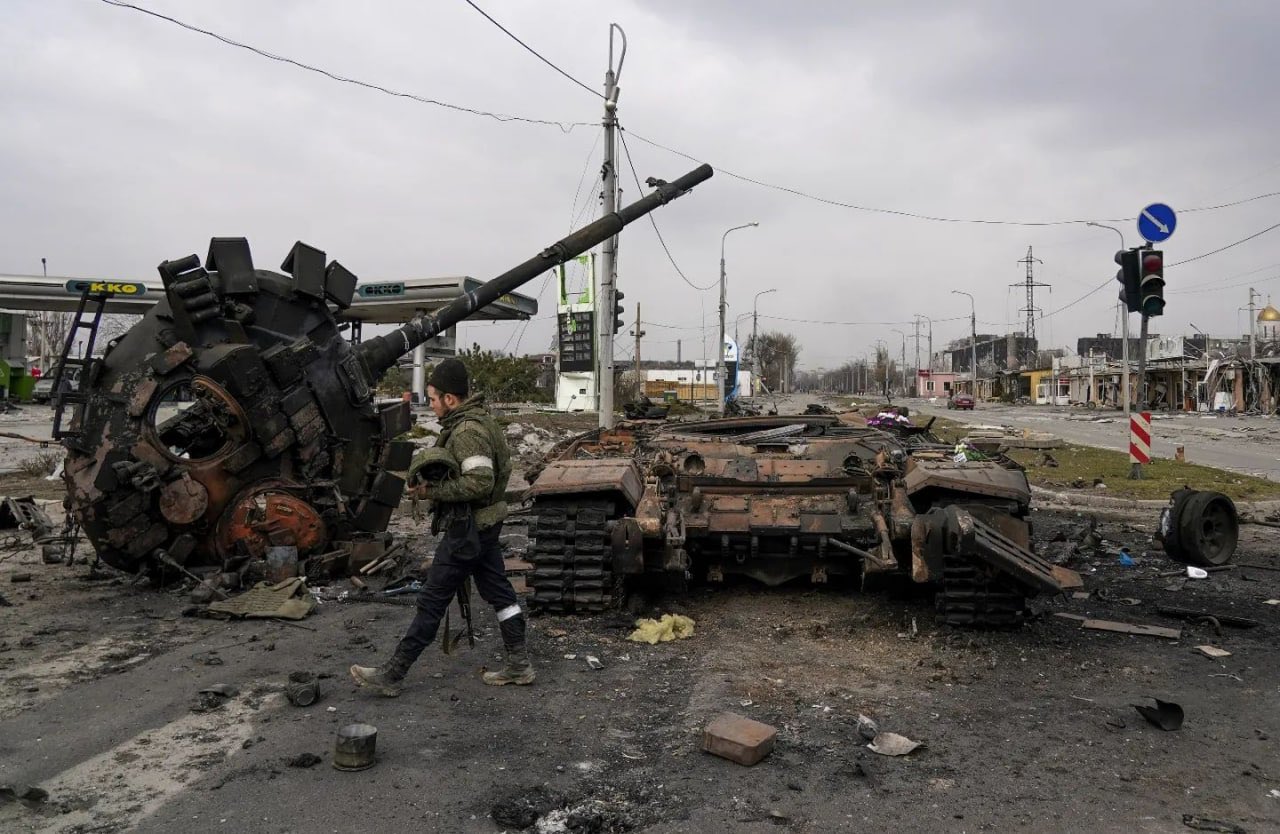At least 5000 miles away from the conflict zone in Europe, the Asian island state of Taiwan has been warily watching the bloody war in Ukraine. Deeply concerned that China could pull off a similar stunt one day, Taipei has been enhancing its military preparedness in the ‘Ukrainian Way’
Taiwan’s military has recently been training using US-made Javelin missiles to see how successful they are at deterring future mainland Chinese strikes, after the success reported from Ukraine.
The 66th Marine Brigade, which has a unit to guard Taipei, the island’s capital, has practiced firing the “tank killer” Javelin portable missiles that Ukraine has been using in recent weeks to destroy a number of invading Russian armored vehicles.
Although there are significant geopolitical differences between Taiwan and Ukraine, Taiwan has long been threatened by China, which sees the self-ruled democratic island of about 24 million people as a rogue province that must be reunited with the rest of the country—preferably peacefully, but forcefully if necessary.
According to the International Institute for Strategic Studies, Taiwan has 169,000 active-duty military troops. The PLA’s military, which numbers in the millions, dwarfs this statistic.
The PLA air force has about 2,400 combat-capable aircraft, including stealth fighter jets like the J-20 Mighty Dragon. Taiwan has 474 military aircraft, the majority of which are decades-old fighter jets. China also has the largest naval fleet in the world, with two aircraft carriers and a third on the way.

It has been inferred that China has also been watching the international isolation of Russia by the sanctions imposed on it and would not carry out an invasion of Taiwan any time soon. In fact, Following Russia’s ‘disastrous excursion’ into Ukraine, security authorities warn that China has put off any prospective invasion of Taiwan for at least four years.
Having said that, Taiwan is anxiously watching the developments unfold in Ukraine. It has been holding drills and carrying out reforms like enhancing and increasing the scope of reservist training and drills aimed at mobilization.
The addition of American Javelins makes for an interesting addition.
Taiwan Trains With Javelins
Marines from the 66th brigade recently joined the Air Force and Army in a series of maneuvers at the Joint Operations Training Base Command in Pingtung, southern Taiwan, according to the Military News Agency, linked with the Taiwanese defense ministry.
F-16 fighter jets employed decoy flares to defeat infrared homing (or heat-seeking) surface-to-air and air-to-air missiles during the training. Howitzers, mortars, tanks, amphibious assault vehicles, and US-made OH-58D helicopters were all used in the training.

The decoy tanks were successfully destroyed in a day and night drills, according to the brigade. The FGM-148 Javelin (AAWS-M) is a portable anti-tank missile system produced in the United States that has been in operation since 1996.
Its warhead is capable of destroying modern tanks by striking them from above, where their armor is weakest.
Buildings, helicopters, and targets beneath barriers or too near for an overhead hit can all be attacked with the Javelin. It has a range of 2.5 kilometers (1.5 miles), and in top-attack mode, it can reach a maximum altitude of 150 meters (490 feet), or 60 meters in direct-fire mode. It also has an infrared seeker built-in for precision strike.
According to a brigade officer, the Taiwanese military is using the third-generation iteration of the Javelin. The direct and overhead assault modes were introduced for the first time in this generation.
The Need For ‘Asymmetric Warfare’
Taiwanese Defense Minister Chiu Kuo-cheng said recently that Taiwan was studying how the Ukrainians used “asymmetric warfare” – the deployment of mobile and easy-to-operate weapons – to deter Russian assault and advance.
“The lesson we can draw from the Russia-Ukraine war is that, despite its military disadvantages, Ukraine is still able to use the uniqueness of its domestic battlefield and asymmetric capabilities to resist a giant enemy like Russia,” he added.
For usage in the army and Marine Corps, Taiwan’s armed forces have around 1,000 such missiles. It has also purchased 400 more from the United States, which will be delivered in installments starting this year.

The military of the island has also bought 250 Stinger missiles, which have proven effective in Ukraine’s anti-Russian activities. By 2026, Taiwan is scheduled to receive those missiles.
The EurAsian Times had earlier informed how the Man-portable air defense systems or MANPADS and anti-tank guided missiles have been wreaking havoc on Russian tanks and aircraft.
Taiwan’s effort at enhancing combat readiness becomes imperative in light of the Chinese warning issued last month. At the annual session of the National People’s Congress last month, a military spokesperson had warned that PLA would not tolerate any Taiwan secessionist move or external interference.
Additionally, in a conversation with former US Secretary of Defense Mark Esper, the Taiwanese Foreign Minister stressed the need for asymmetric warfare and requested continued US support for Taiwan through arms sales, military exchanges, information sharing, and freedom of navigation exercises in the Taiwan Strait.
In a conversation with Mitchell Institute for Aerospace Studies, Commander of the Pacific Air Force General Kenneth Wilbach had talked at length about how the US has been preparing in the Indo-Pacific and the response of the international community in the event of the Chinese invasion of Taiwan.
However, from what has been learned from the war in Ukraine is that the American support might come from the fringes instead of actual combat support. Thus, the best bet for this tiny archipelago state would be to prepare for a potential war, using American arms and lessons in asymmetric warfare from Ukraine.
- Contact the author at sakshi.tiwari9555@gmail.com
- Follow EurAsian Times on Google News




